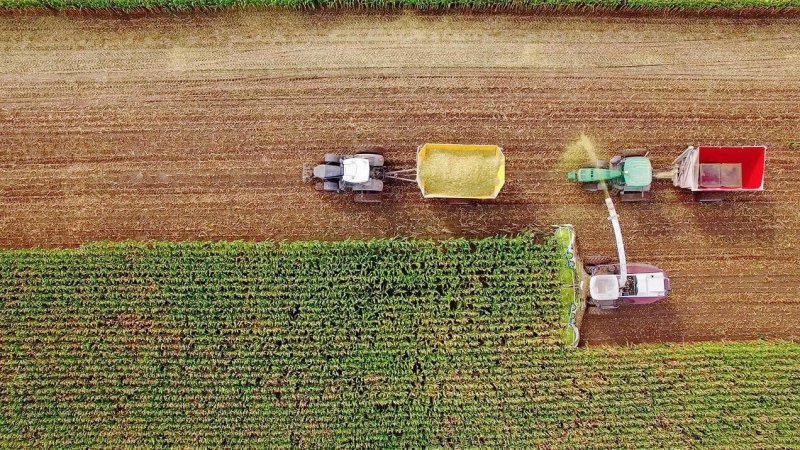In the popular bourgeois imagination, the idealized farm looks something like the ones that sell produce at local farmers markets. But while small farms like these account for close to half of all U.S. farms, they produce less than 10 percent of total output.
The largest farms, by contrast, account for about 50 percent of output, relying on simplified production systems and economies of scale to feed a nation of 330 million people, vanishingly few of whom live anywhere near a farm or want to work in agriculture.
But U.S. dependence on large farms is not a conspiracy by big corporations. Without question, the U.S. food system has many problems. But persistent misperceptions about it, most especially among affluent consumers, are a function of its spectacular success, not its failure.
Any effort to address social and environmental problems associated with food production in the United States will need to first accommodate itself to the reality that, in a modern and affluent economy, the food system could not be anything other than large-scale, intensive, technological, and industrialized.
In reality, organic production accounts for little more than 1 percent of total U.S. agricultural land use. Meanwhile, only a bit more than 5 percent of food sales come from organic producers.
…
Because organic farming requires more land for every calorie or pound produced, a large-scale shift to organic farming would entail converting more forest and other land to farming, resulting in greater habitat loss and more greenhouse gas emissions. And while organic farming doesn’t use synthetic pesticides or fertilizers, it often results in greater nitrogen pollution because manure is a highly inefficient way to deliver nutrients to crops.
…
Ultimately, improving the U.S. food system will require, first, appreciating it for the social, economic, and technological marvel that it is. It feeds 330 million Americans and many millions more around the world.































